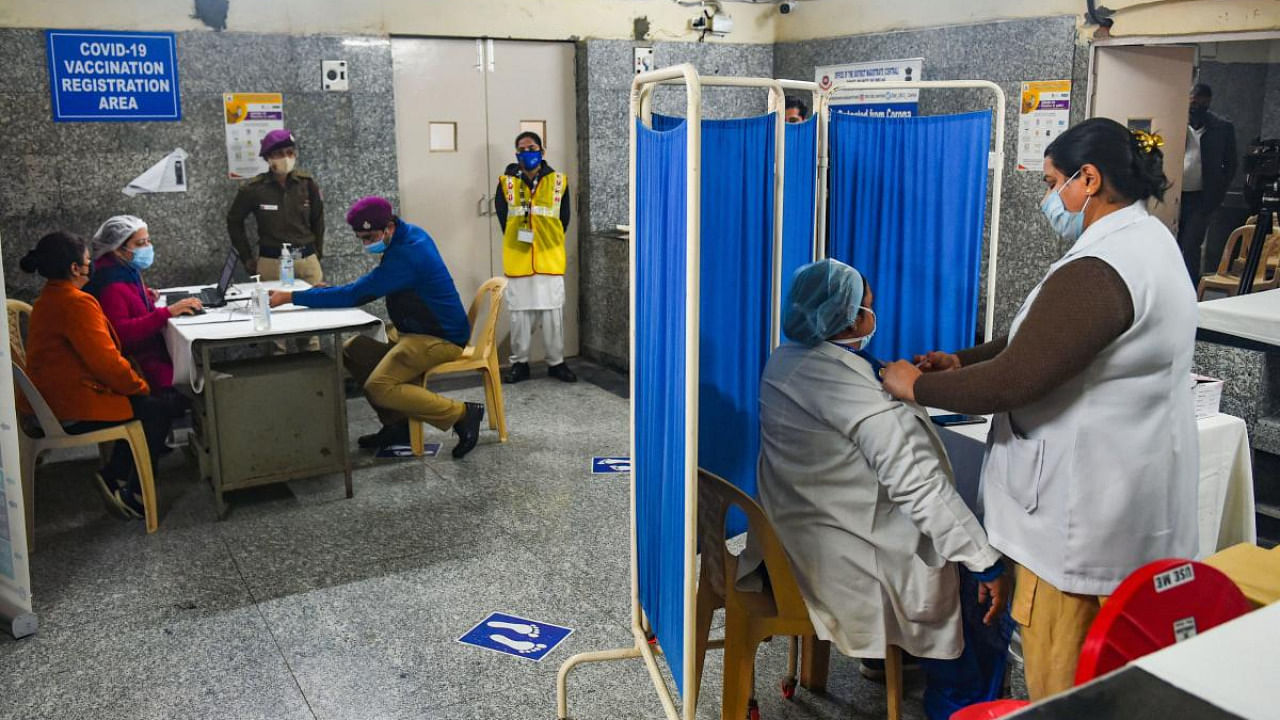
India on Saturday kickstarted the world's largest Covid-19 vaccination drive, with two vaccines - SII's Covishield, and Bharat Biotech's Covaxin - approved for emergency use, but what exactly happens at a vaccination drive? Read on to find out.
What is a vaccination drive?
A vaccination drive is a large-scale deployment of a vaccine, aimed to inoculate as many people as possible in a short period of time - usually a few days. India regularly does this with the pulse polio programme, and the Covid-19 vaccination drive is not too different in its basics.
Who is getting the vaccine?
India, like many other countries, has singled out priority groups for the initial vaccination wave.
The first group who will receive the vaccine are healthcare and frontline workers, followed by high-risk groups such as people over 50 years of age and people with co-morbidities.
What happens at a vaccination drive?
India will be conducting the Covid-19 vaccination drive at 3,066 session sites across all states and union territories, and around 100 beneficiaries would be vaccinated at each site. Healthcare workers, both in government and private sectors including ICDS workers, will receive the vaccine in this phase.
Covid-19 vaccines - be it Covishield or Covaxin - will be administered in two doses in order to maximise efficacy.
Before the drive starts, the vaccines that have been shipped to every state and UT will be taken to the sites and prepared by authorised vaccinators. Everyone who has been registered will be called to arrive at their respective session sites.
Once the vaccination drive begins, vaccinators will begin administering the shots of either Covaxin or Covishield to the people who are at the site. As per rules, those who have received their shots will have to wait for a certain period of time to assess whether they are facing any adverse reaction to the shot. If they show no signs of adverse reactions, they are allowed to leave.
The Union Health Ministry has said that interchanging of Covid-19 vaccines between doses is not permitted, and the second dose - to be given at least 14 days after the first - has to be the same as the initial shot.